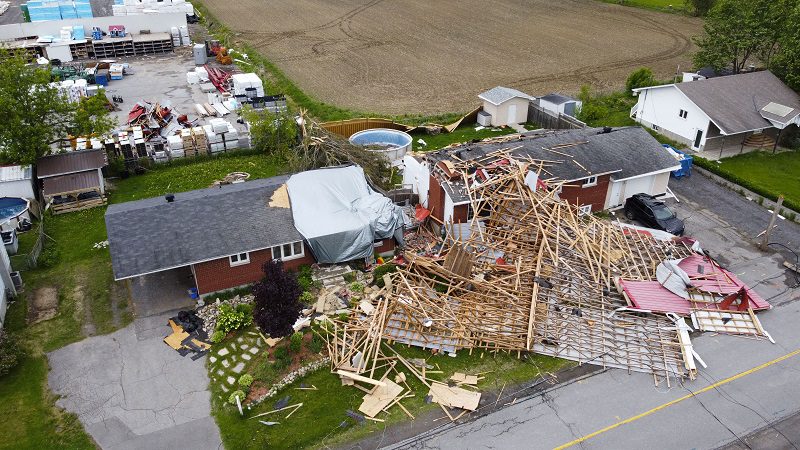Why this province’s approach to adjuster capacity needs to go national

The president of the Canadian Independent Adjusters’ Association (CIAA) is hoping other provinces take note of how Ontario’s insurance regulator has approached adjuster capacity and licensing issues following the May 21 derecho that struck Ontario and Quebec.
On May 31, the Financial Services Regulatory Authority of Ontario (FSRA) implemented temporary measures to help insurers process the high volume of claims in wake of the storm. FSRA will allow Ontario insurers to use the services of employees of affiliated insurers, and to allow licensed adjusting companies to use claims adjusters with licences outside of Ontario (exceptions in effect until Sept. 30).
Quebec’s regulator, the Autorité des marchés financiers (AMF), also implemented measures allowing firms to use the services of supernumeraries, “who are not certified claims adjusters to carry out activities ordinarily reserved for claims adjusters,” between May 25 and July 25, for a period of 60 days.
Following the derecho storm that plowed through Ontario and Quebec in May, and the ongoing spring flooding in Manitoba, adjusters told Canadian Underwriter their resources have been stretched thin. Is there enough capacity in the market?
“Capacity is okay once the licensing issue is resolved,” CIAA president Jeff Edge says in an interview with Canadian Underwriter. “FSRA… did come up with actually quite a good plan that very much streamlined the process of CEOs of adjusting companies essentially signing a declaration speaking for the people that they were going to have respond.”
Even though there was a delay in implementing Ontario’s temporary measures, it will help capacity, says Edge, who is also the president and senior technical adjuster with Leading Edge Claims Services.
Individual adjusters will not need to file an independent application and fee; each firm’s CEO will sign a declaration for their adjusters and ensure they are adequately licensed and qualified. (Typically, if an adjuster lives in one province but wants to be able to work in other provinces, they will need to hold a licence for those other provinces, which involves a yearly fee and renewal.)
“We hope that the other provinces will take notice of how Ontario has handled this and maybe adopt something similar in the future,” says Edge.
CIAA has been working for decades on “licensing reciprocity” to allow adjusters to move between provinces in times of catastrophe. “It just never seems to go too far,” Edge says. “CIAA would like to ideally see that any available and willing Canadian adjusters, from wherever they are in Canada, are sourced.”
The national association is looking to have “reciprocity or a uniform licensing or a temporary exemption” in place with individual provinces, “so that if this derecho happens on May 21 or 22, automatically people are arranging to get going, not a week-and-a-half later,” Edge says.
Canadian Underwriter has heard it can sometimes be easier to bring an adjuster into Canada from the United States than to move a Canadian adjuster from one province to another.
CIAA would like to see Canadian adjusters sourced first. If they’re maxed out and resources are tapped, then adjusters can be brought in from the U.S.
It would also be ideal if insurers could assist with this cause, Edge says. “There’s people in Canada that are qualified to do this, but we do face some challenges moving them around.”
Feature image: The debris from a building in an adjacent lumber yard is pictured in an image made using a drone in a neighbourhood in Hammond, Ont., on Thursday, May 26, 2022. A major storm hit parts of Ontario and Quebec on Saturday, May 21, 2022, killing 11 people and leaving extensive damage to infrastructure, homes, and business. THE CANADIAN PRESS/Sean Kilpatrick



